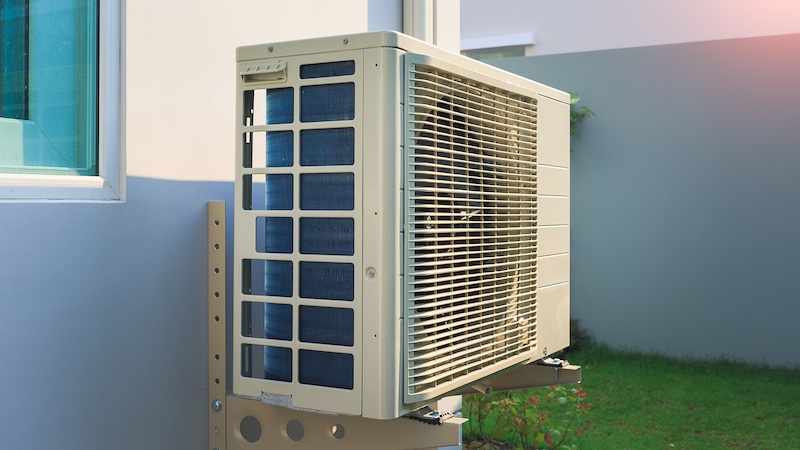How does a heat pump actually work?
With the increase in energy prices, classic oil and gas heating systems have become less attractive. So-called heat pumps could represent an alternative and are often cheaper. The federal government therefore wants to promote the technology. But how does a heat pump actually work?
The energy industry is in a state of constant change. At least since the start of the Ukraine war and the associated energy crisis, gas and oil heating systems have become less attractive. Heat pumps are another alternative.
This is because the technology is relatively inexpensive and sustainable to operate, as heat pumps typically require electricity rather than oil or gas. Put simply, a heat pump works like an inverted refrigerator.
Because while a refrigerator extracts heat from its interior and releases it to the environment, the process within a heat pump is reversed. This in turn is based on the Joule-Thomson effect. In three steps, sufficient heat is generated for a household.
How does a heat pump work?
A so-called heat source system extracts energy from the environment. The actual heat pump in turn enables the use of this energy and a storage system distributes it in the household. However, it is important to distinguish between different types of heat pumps.
Because in addition to models that extract energy from the ambient air, there are also those that use the ground or water as a source. The only difference in the way the systems work is in the first step. With water and geothermal heat pumps, a circuit of antifreeze ensures that heat is absorbed from the environment.
In the case of an air heat pump, a fan sucks in the already warm ambient air and forwards it to the actual heat pump. This is where the evaporator is located, which transfers the energy from the first circuit to another circuit.
Heat pump function: Cooling also possible
The refrigerant vaporized in this way then finds its way to a compressor. There is also another heat exchanger that cools the heated refrigerant down again by heating up the water circuit in the house. The refrigerant then flows to a throttle and is then again ready to be heated in the first heat exchanger.
The heated water, on the other hand, is immediately available for household use. To operate, the heat pump only needs electricity, which homeowners can generate with the help of a solar system, for example.
In addition to being used for heating, heat pumps can also be used to some extent to cool houses. The principle then works in reverse, the system emits excess energy to the environment.
Also interesting:



